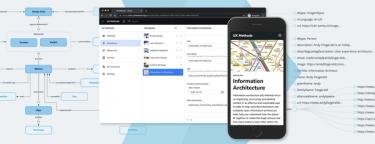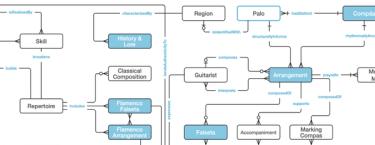Boutique Knowledge Graphs: Creating Smart Content at Any Scale

By situating data in context, knowledge graphs create valuable opportunities for content creation, recommendation, and management—even at small scales. A boutique approach to knowledge graph design offers a scalable strategy for starting out small and solving well-defined communication and discovery problems to create measurable value.






